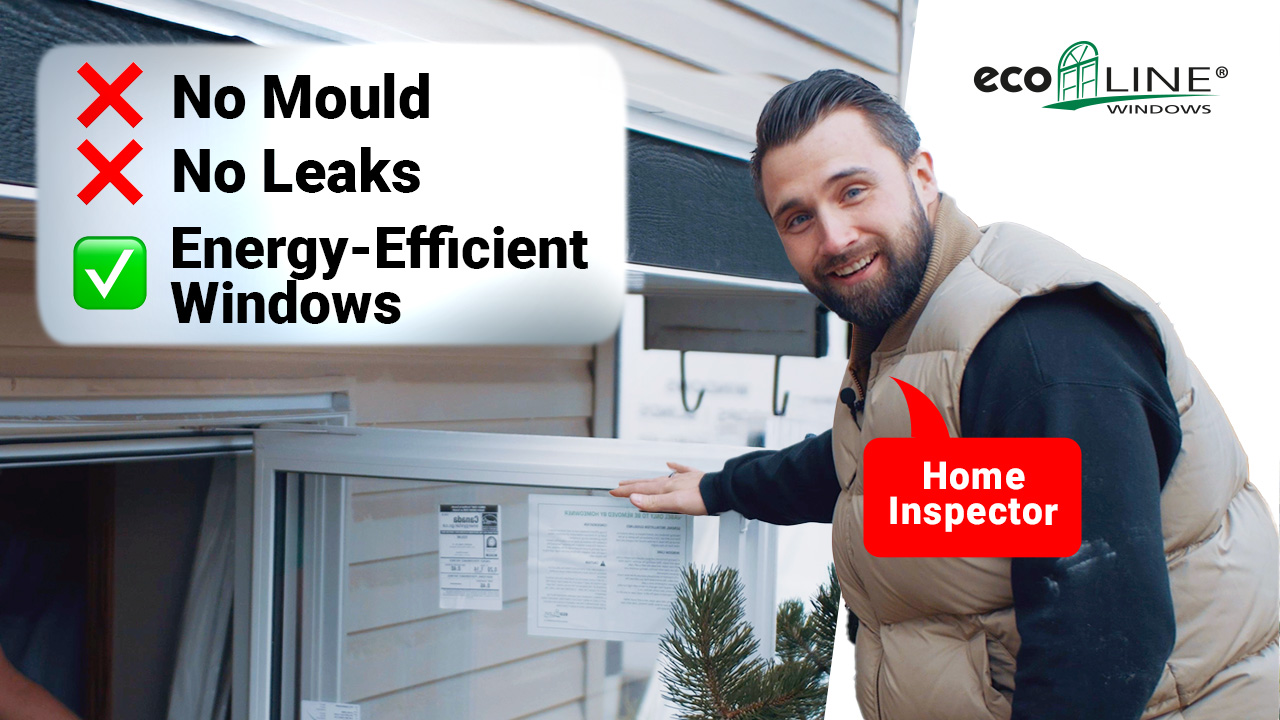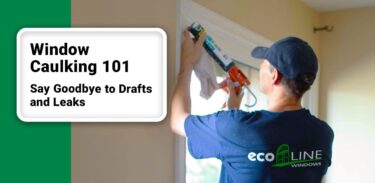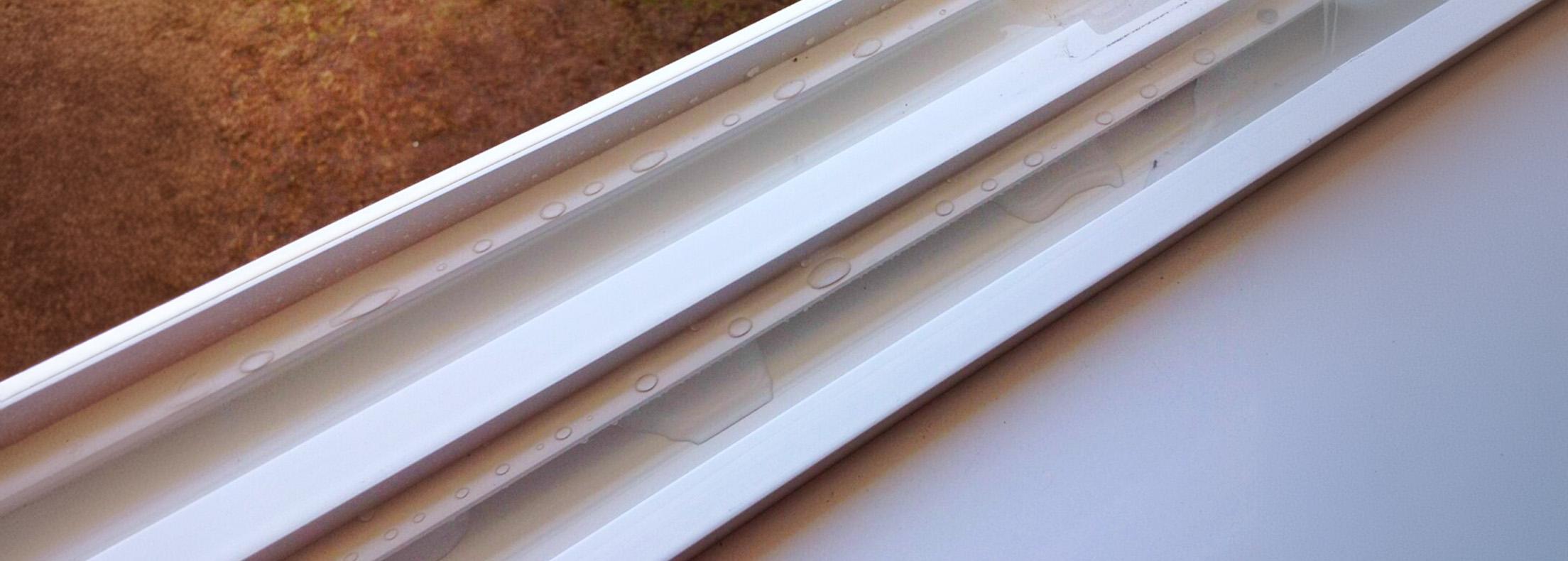

Why Are My New Windows Leaking? (and How to Fix it)
Nov 18, 2025
9 min read
369
Maybe you replaced your windows recently, or even a few years back, but now you’re seeing water stains, moisture spots, or leaks around the frames. If this is happening to you, you’re not alone. Water getting in is one of the top three window problems Canadian homeowners report, especially during freeze-and-thaw cycles, when melting snow quickly reveals weak spots in your home’s exterior.
It’s important to know why new windows leak, since the cause affects how you fix the problem and who should handle the repair. Most of the time, leaks come from one of two main issues:
- Improper installation
- Manufacturing or product defects
But sometimes, things aren’t that simple. Even if the installation was done right, the process can reveal hidden issues your old windows were covering up for years. When you do a full-frame replacement, debris, rot, or old caulking gets cleared out, and water that was trapped inside the wall can now find its way to the surface. This can lead to visible stains, wet drywall, and drafts around windows that were supposed to be brand new and trouble-free.
Water damage can cause mould to grow in just 24 to 48 hours, ruin your insulation, and lower your home’s energy efficiency. That’s why it’s so important to find the source of the leak as soon as you can.
Let’s go over the most common reasons new windows leak and what you can do to fix them.
Window Leaks Because of Poor Installation
Installation is a HUGE determining factor in the final cost of your vinyl windows. No matter how good or energy efficient the product is, if it isn’t installed correctly, it nullifies your investment and ultimately can cause more problems than good for your house.
A common installation issue that results in leaks are windows that are not plumb or level. If a window is tilted to one side or the other, it will ultimately collect water and cause it to pool. This may not be as big of an issue with awning or casement windows, but should be especially looked after in windows with drainage channels like the slider. By simply placing a level on your windows, you can see whether they were installed properly or not.
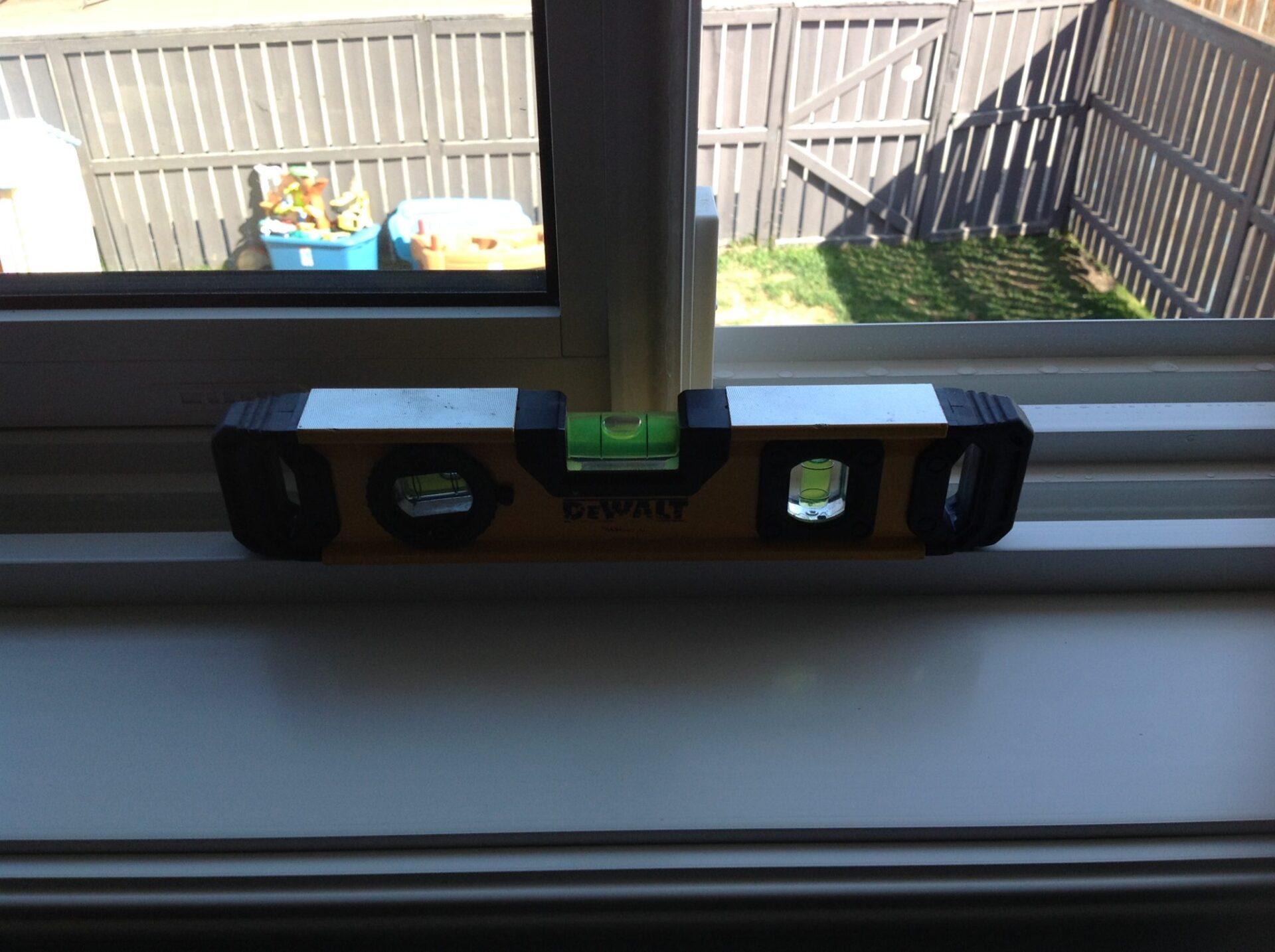
Another common reason for leaks related to the installation is the improper sealing of the windows. Most installers today use expanding foam to seal and secure the window frame to the rough opening. Too little foam may leave air channels between the window and the wall for water to come down through. This is also where correct window measurement is crucial. If your custom windows are too small for the opening, it is simply improper to fill the large gap with foam.
Caulking on the outside of the window acts as an initial barrier to prevent the water from going in, and should always be done correctly and fully. But even with incomplete caulking, the expanding foam should still not let moisture through to the inside of the house.
With either of these installation issues, the window companies in charge of your replacement are also responsible for the proper installation. If you suspect your windows are leaking because they’re not level or because of inadequate foaming or caulking job, contact the company immediately.
Window Leaks Because of Product Defects
Product defects are less common causes for leaks in the window. Although not always, but they can be identified by the colour of the water that is pooling on your sill. If the water is clear, chances are it came somewhere through the window, and not frame or wall components.
These leaks are often a result of a defect in the manufacturing process or damage during shipping or installation. Bad seals, cracks, or simple manufacturing errors can lead to new windows leaking once they have been installed.
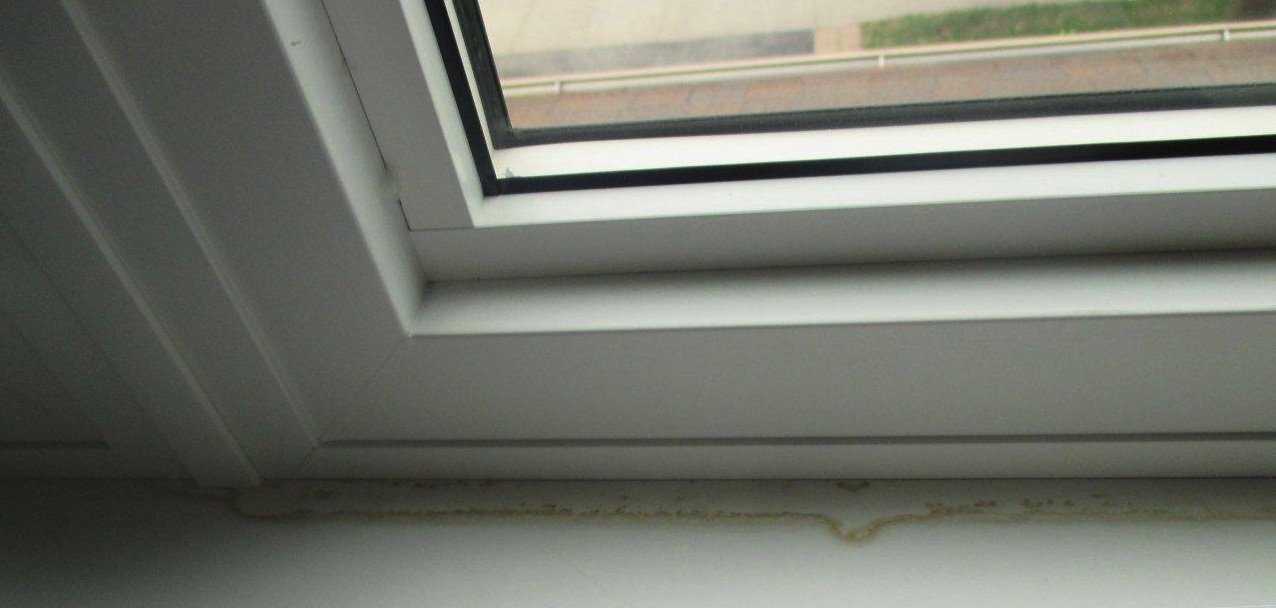
Usually in these cases, the manufacturer is responsible for replacing the windows, but you would still have to contact your company as they are they ones who provided the service, and ultimately carry your warranty.
Leaks that come from within the wall structure, but have been exposed by the installation are trickier. In most cases, the installers will not be responsible for addressing these issues, so you’re on the hook for bringing out an inspector or a general contractor to take a look at what could be done. Though installers may be able to recognize these leaks during the replacement process, they are often difficult to see until the windows have actually been installed.
If you see these patterns on your existing old windows it may be a good idea to have someone examine them before the day of your installation, and properly address the problem. Determining the cause of the leak, is a major step in fixing it properly.
7 Window Leak Symptoms and What They Usually Mean
Not all leaks look the same, and different symptoms can point to different causes. Use this quick breakdown to figure out what the problem might be before you call a professional.
1. Water pooling on the windowsill
Likely cause:
- The window is not level or sloped incorrectly during installation
- Missing sill pan or improper drainage
- Blocked weep holes
2. Water running down the wall below the window
Likely cause:
- Faulty flashing or exterior cladding issue
- Water is entering through the building envelope, not the window.
- Failed house wrap connection during installation
3. Moisture or stains around the corners of the frame
Likely cause:
- Poor caulking or gaps around the frame
- Insufficient insulation (foam) around the window
- Frame is not square, causing pressure gaps
4. Water between the panes of glass
Likely cause:
- IGU seal failure (insulated glass unit), which is usually a manufacturing defect
- Rapid temperature changes leading to early seal breakdown
- Poor-quality spacer system
5. Condensation on the inside of the window (especially in winter)
Likely cause:
- High indoor humidity rather than an actual leak
- Poor ventilation or unbalanced HVAC
- Cold spots around the frame from poor insulation
6. Drafts with no visible moisture
Likely cause:
- Gaps left during installation
- Insulation is not fully expanded around the frame
- Warped or defective window sash
7. Water only appears after heavy rain or windstorms
Likely cause:
- Pressure-driven water entering through unsealed exterior joints
- Missing drip cap or improper flashing
- Window design not suitable for high-exposure locations
Is Window Condensation the Same as Leaking?
In most cases, no. Condensation is not the same as a window leak. However, the two problems can look alike, which often leads to confusion.
Condensation forms when warm, humid indoor air touches a cold surface, usually the glass or the frame. This happens often during Canadian winters, when temperature differences are extreme. The moisture you see inside the glass comes from indoor humidity, not from water entering your home from outside.
A true leak, however, involves water entering from the exterior due to a gap, drainage issue, seal failure, or installation error.
Here’s how to tell the difference:
- Condensation –> appears on the glass surface, usually in the morning, and wipes away easily.
- Leak –> creates wet drywall, puddles, stains, or water streaks around the frame or wall.
- Condensation between panes –> indicates IGU seal failure, which is a manufacturing defect, not a humidity problem.
If you’re unsure, watch where the moisture forms and when it appears. Water that shows up after snow melts, heavy rain, or windstorms is almost always a leak, not condensation.
Still seeing moisture? Get your windows checked by experts
Moisture issues never fix themselves. Whether it’s improper installation, a product defect, or hidden damage behind the wall, the sooner you diagnose the problem, the less you’ll spend on repairs.
If you’re noticing stains, drafts, or unexplained moisture around your windows, our experts can inspect the installation and identify the exact cause.
Call us today and let us help you protect your home and your investment.
1750 Coast Meridian Rd #102,
Port Coquitlam, BC V3C 6R8
100, 17866 106A Avenue,
Edmonton, AB, Canada,
T5S 1V3
3307 Dunmore Rd SE #12,
Medicine Hat, AB,
Canada, T1B 3R2
2081 Merivale Rd #201, Ottawa, ON, Canada, K2G 1G9
by appointment only
109 Ilsley Ave Unit #3, Dartmouth,
NS, Canada, B3B 1S8







